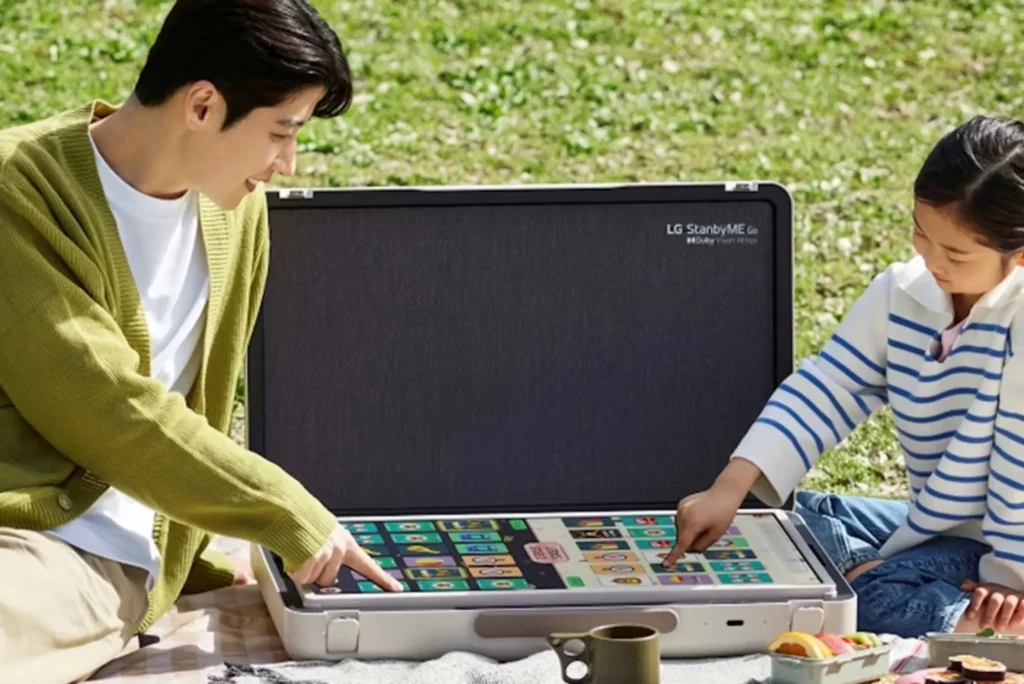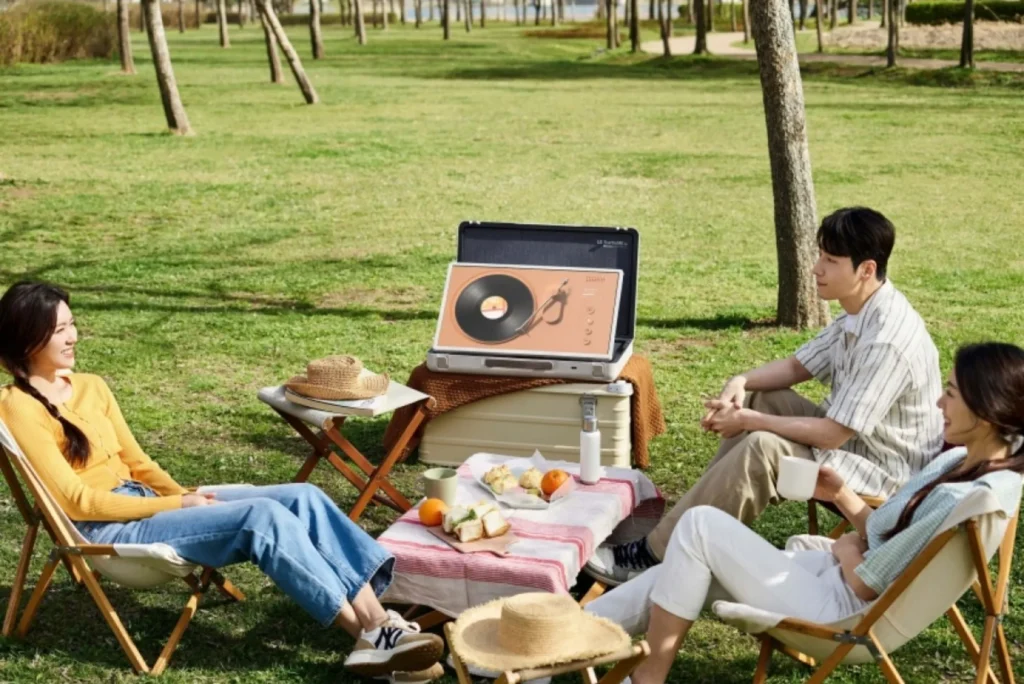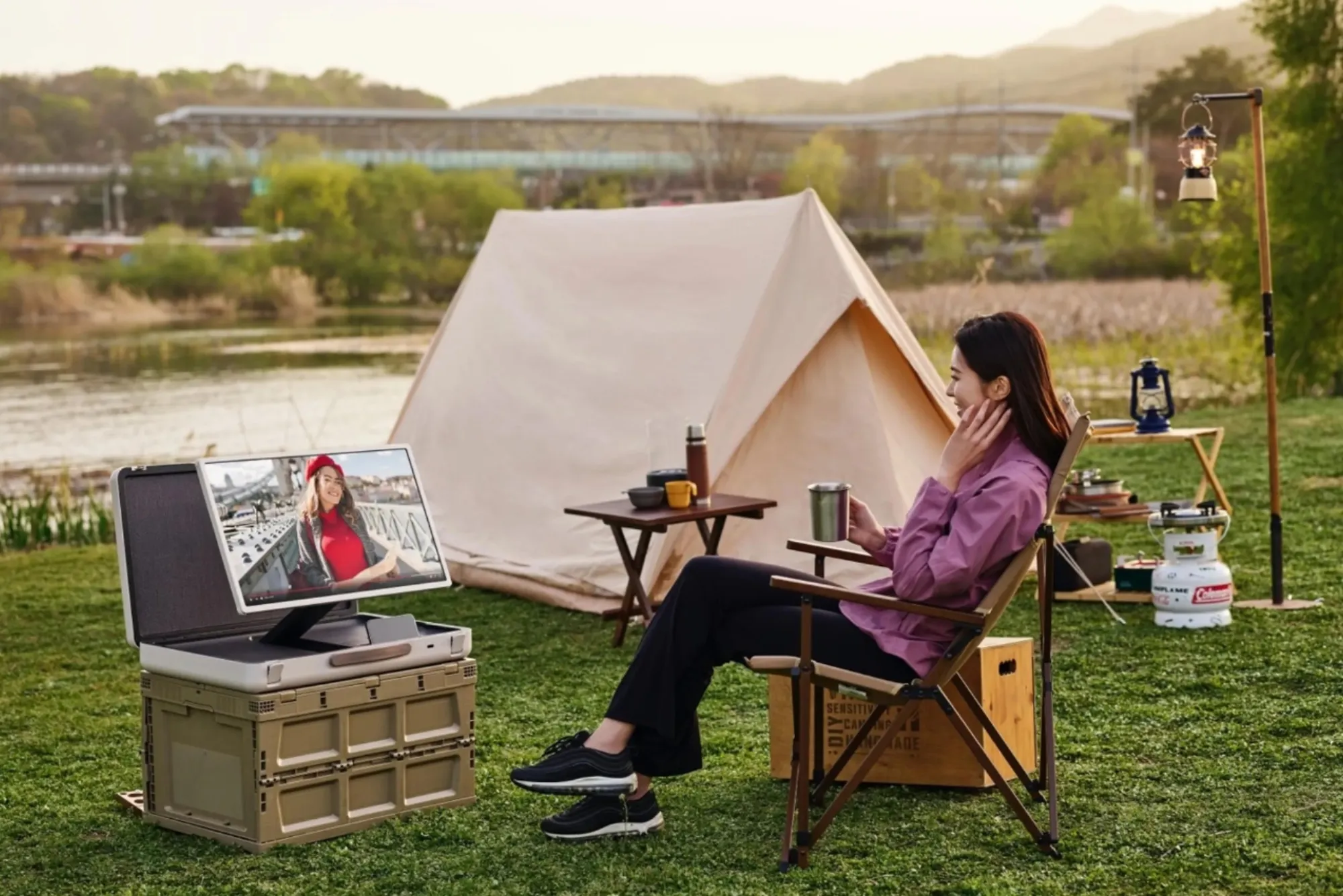In our increasingly mobile world, a briefcase screen can be a valuable asset for professionals who need a portable display solution. This guide will help you understand how to set up and use a briefcase screen effectively, ensuring you can work efficiently no matter where you are.
What is a Briefcase Screen?
A briefcase screen is a compact, portable monitor designed to be carried within a briefcase or similar container. This innovative device merges the portability of a briefcase with the functionality of a monitor, making it an ideal choice for those who frequently travel or need an additional screen while working remotely.
These screens are typically lightweight and can be folded or stored flat, making them easy to transport. They offer a practical solution for various scenarios, from business presentations to enhancing remote work setups. Key features often include multiple connectivity options, such as HDMI or USB-C, and adjustable display settings to ensure a clear and comfortable viewing experience.
Preparing Your Briefcase Screen for Use
Before you can begin using your briefcase screen, it is essential to prepare it properly. The initial steps involve unboxing and setting up the screen, charging it if necessary, and connecting it to your various devices.
When you first unbox your briefcase screen, carefully remove it from its packaging and check for any accessories or documentation that came with it. This will typically include cables, a power adapter, and a user manual. Make sure to familiarize yourself with the components and instructions provided.
If your briefcase screen requires charging, connect it to a power source using the provided adapter. Ensure that it is fully charged before use, especially if you plan to be away from a power source. Some models may also offer the option to power the screen through a USB connection from your laptop or another device.
Once your briefcase screen is charged and ready, connect it to your devices. Most screens offer multiple input options, so you can connect it to a laptop, tablet, or smartphone using the appropriate cables. Follow the instructions in the user manual for connecting to each type of device.
Setting Up Your Briefcase Screen

Proper setup is crucial to getting the most out of your briefcase screen. Begin by placing the screen on a stable, flat surface. Position it at an ergonomic angle to reduce strain on your eyes and neck.
Adjusting the display settings is the next step. Most briefcase screens have an on-screen menu that allows you to modify settings such as brightness, contrast, and resolution. These adjustments will help you achieve the best possible display quality based on your environment and lighting conditions.
When connecting your briefcase screen to a laptop or mobile device, ensure that all connections are secure. Check that the device recognizes the external monitor and adjust the display settings on your device to extend or duplicate the screen as needed. This will ensure that your briefcase screen functions as intended and provides a seamless extension of your primary display.
Troubleshooting Common Issues
Even with the best equipment, issues may arise. Common problems with briefcase screens can include no display, poor quality, or connectivity issues.
If you encounter a situation where the screen does not display anything, start by checking all connections and ensuring that the screen is powered on. Sometimes, simply reconnecting the cables or using a different port can resolve the issue. If the problem persists, consult the troubleshooting section of the user manual for further guidance.
For display quality concerns, adjust the settings through the on-screen menu or your device’s display settings. Make sure the resolution is set correctly and that brightness and contrast levels are optimized for your viewing environment.
Connectivity issues can often be resolved by trying different cables or adapters. Ensure that all connections are secure and that your device is properly configured to use the external screen.
Portable Accessories and Add-Ons
To enhance your experience with a briefcase screen, consider investing in additional accessories. A protective carrying case is essential for safeguarding the screen during transport. Look for a case that is padded and fits your screen snugly to prevent damage.
Additional cables can be useful, especially if you frequently connect to different devices. Carrying spare cables ensures that you are prepared for various connection scenarios. A portable stand can also be beneficial, allowing you to position your briefcase screen at the optimal angle for comfortable viewing.
Best Practices for Using a Briefcase Screen on the Go

To ensure that your briefcase screen remains in excellent condition and continues to function effectively, follow these best practices. Regular maintenance involves cleaning the screen with a microfiber cloth to keep it free from dust and smudges. Avoid exposing the screen to extreme temperatures or direct sunlight, as this can affect its performance and longevity.
Handle your briefcase screen with care, especially when transporting it. Always use the protective case and avoid dropping or bumping the screen. Double-check connections before use to ensure a secure and stable setup. This will help prevent disruptions during critical tasks or presentations.
A briefcase screen is a versatile and valuable tool for anyone who needs a portable display solution. By following the steps outlined in this guide, you can set up and use your briefcase screen effectively, enhancing your productivity and making your work on the go more convenient. Whether for business presentations, remote work, or travel, a briefcase screen offers flexibility and functionality to meet your needs.





